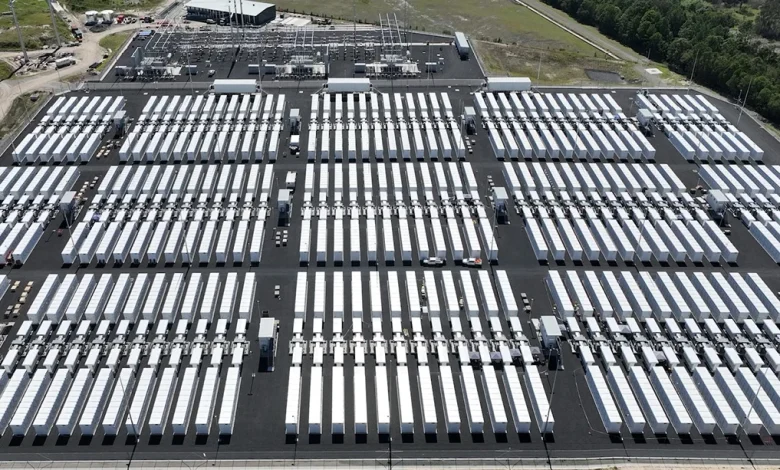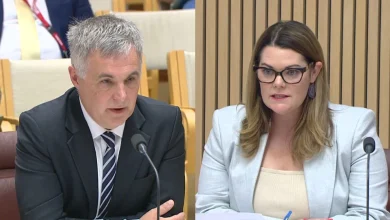‘Catastrophic failure’ at Waratah Super Battery in Australia

Akaysha Energy has struck trouble at its Waratah Super Battery in Australia, set to be one of the largest batteries in the world in both power output and capacity at 850 MW / 1,680 MWh. One of the BESS plant’s three high-voltage transformers has suffered a “catastrophic failure,” just days from final testing, according to reporting from The Australian Financial Review, leading to significant delays.
The details emerged from an internal memo sourced by the newspaper. In the memo, Akaysha CEO Nick Carter acknowledged that one of the three 350 MVA high-voltage transformers, supplied by Wilson Transformer Company, suffered a “catastrophic failure” during testing over a weekend in November.
The transformer suffered unspecified damages and was declared beyond repair, with a second of the trio of transformers now de-energized as a precautionary measure for further inspection. No one was injured during the incident, and investigations into the causes are ongoing.
The project was reportedly only hours away from completing a fifth milestone and just “a week or so” from final testing for overall project completion and full ongoing operation.
Although, at the time of writing, few details have been made public, third-party tools show that in early November 2025, AEMO’s Medium Term PASA (Projected Assessment of System Adequacy) data for the battery’s dispatchable unit (coded as ‘WTAHB1’) was updated. The new data shows a long unplanned outage lasting through May 3, 2026. (Hat-tip to WattClarity which spotted this then unexplained outage).
This highlights a significant problem, as high-voltage transformers face long global lead times and are a key bottleneck for the industry. Contextualizing this challenge is a video from Wilson showing the delivery of a 477-tonne 350MVA 330/33/33kV transformer to the site from its Australian manufacturing hub in Victoria, showing the nine-day logistical challenge.
Wilson was also selected to supply Waratah with 145 x 7.3 MVA 33/0.77/0.77kV transformers for medium-voltage usage.
Waratah Operations and Setback
The site was first energized back in September 2024 and had begun partial active operations to support the NSW grid by August 2025 as part of the grid code’s System Integrity Protection Scheme (SIPS). Multiple reports and the site Open Electricity suggest the site had achieved a first full discharge for the entire BESS on Friday, October 10.
Following full output testing in mid-October, the Waratah battery showed a significant subsequent reduction in energy activity. It recorded a peak of 2,774 MWh on Friday, October 17th, from both charging and discharging activities. The site does, however, remain partially active, presumably through the one remaining unaffected high-voltage transformer.
Chart source: Open Electricity
Akaysha Energy did not immediately respond to questions from ESS News.
Better news in Victoria
Elsewhere, Akaysha Energy had better news last week, as it confirmed it had closed a $300 million (AUD 460 million) finance facility for its Elaine BESS project in Victoria, underpinned by a 15-year virtual tolling agreement with Snowy Hydro, and had commenced construction on the 311MW / 1,244MWh facility.
Update on November 11, 2025:
Akaysha Energy released the following statement to the market earlier today:
Akaysha Energy recently notified the energy market of a temporary loss of capacity at the battery due to a transformer outage. The Waratah Super Battery is still operating at 350 MW capacity and actively bolstering energy security for NSW’s grid.
The battery continues to meet its System Integrity Protection Scheme (SIPS) service requirements of 350 MW, which is the interim commercial operating capacity.
During ongoing Hold Point testing to transition the battery to full capacity, issues were identified with two transformers. There is no impact to the NSW electricity grid as the WSB remains operational and continues to meet its SIPS service requirements of 350MW.
The battery’s remaining capacity is expected to come online during 2026.





